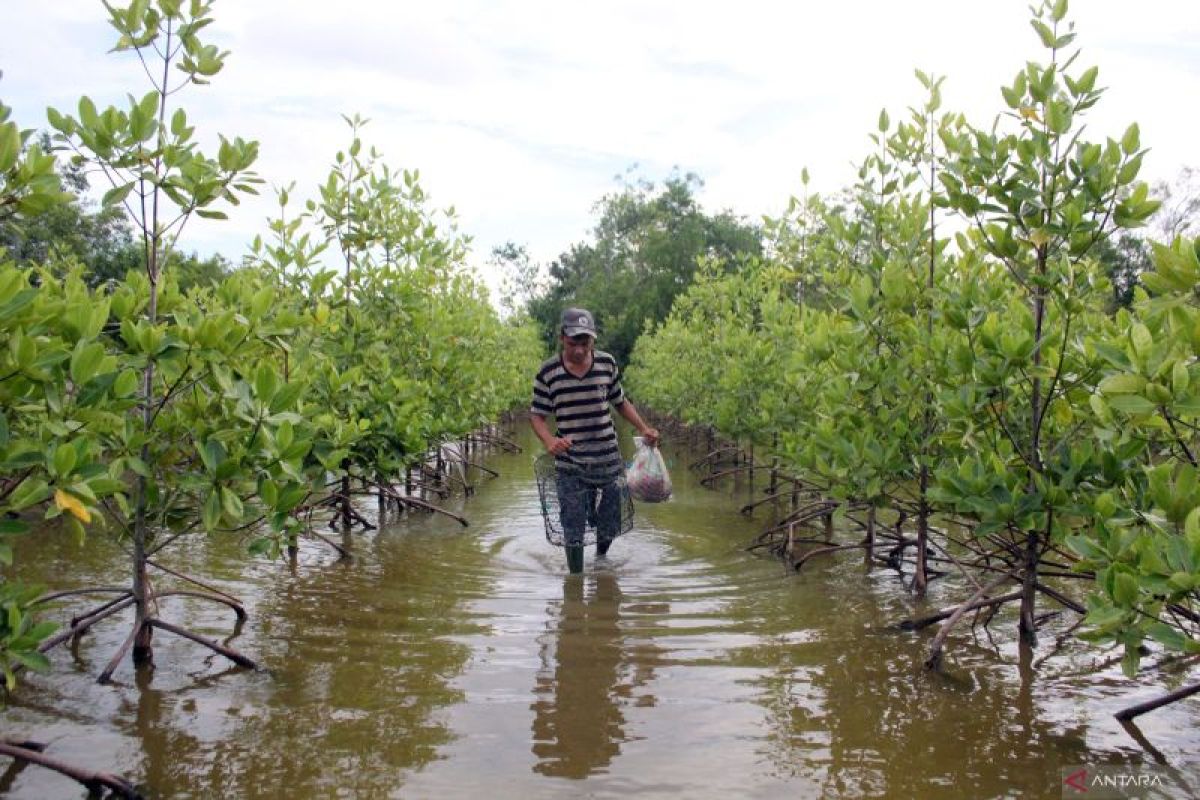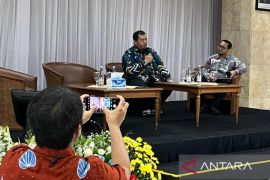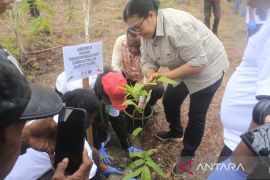In an online discussion monitored here on Thursday, Chair of the Peat Care Independent Village Working Group at the ministry, Lelawaty Simamora, explained that one of the strategies for restoring peat included rewetting, revegetation, and economic revitalization (3R).
She cited examples of what has been done in several Peat Care Independent Villages, including revitalization that supports agriculture, livestock farming, and fisheries on peatlands without destroying the land.
Simamora remarked that some of the economic activities carried out, comprised vegetable cultivation, fishing, areca nut breeding, poultry farming, honey bee cultivation, and waste management.
"Agriculture, livestock farming, and fisheries increase food security and provide alternative livelihoods. The community has also become more united and more understanding," she highlighted.
Simamora said most of the distribution of Peat Care Independent Villages assisted by the ministry in 2023 were in Sumatra, or in as many as 30 villages, some 22 villages in Kalimantan, five villages in Sulawesi, and three villages in Papua.
Activities carried out at the Peat Care Independent Villages are also managed by other institutions, including the Peat and Mangrove Restoration Agency (BRGM).
However, she emphasized that the assistance provided to support the economic revitalization of village communities on peatlands also requires other factors, encompassing stakeholder involvement and synergy with various parties.
"Sustainability strategies certainly require partiality, education, and so on," she remarked.
Related news: Govt looks to tackle peatland fires with weather modification
Related news: Public awareness key for sustainable mangrove rehabilitation: BRGM
Related news: Expect Mempawah mangrove forest to become ecotourism site: BRGM
Translator: Prisca Triferna Violleta, Katriana
Editor: Azis Kurmala
Copyright © ANTARA 2024










